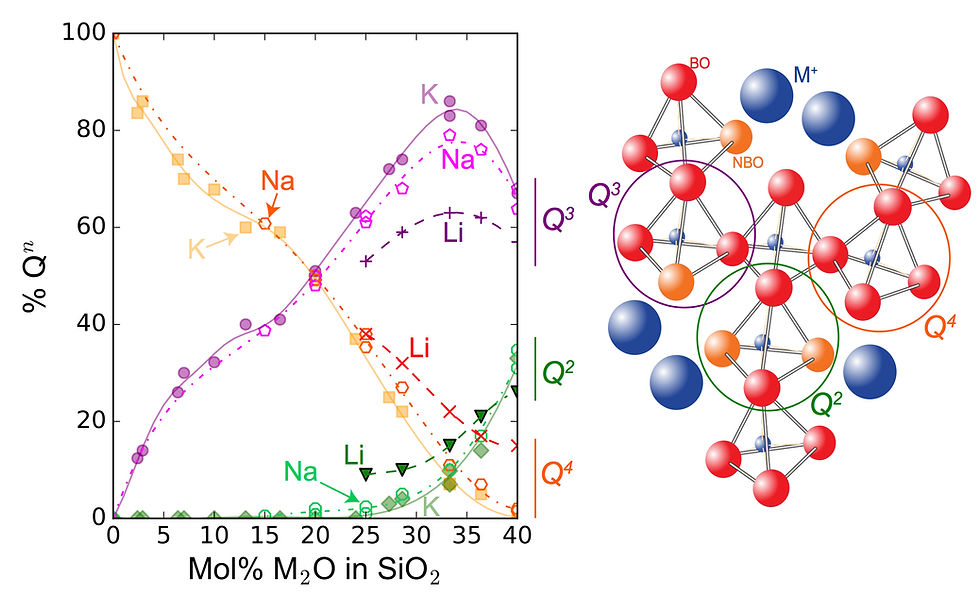Iron behavior in lavas!
- Charles Ll

- Jun 14, 2020
- 1 min read
Iron oxidation state in magmas is an important variable that allows volcanologist to better know the state of the magmatic system at depth. Model exists, but are mostly based on data acquired on quenched melts that were at equilibrium conditions during their synthesis. Unfortunately, most volcanic eruptions happen fast, such that petrological processes affecting magmas are most of the time at disequilibrium. What happens to iron under disequilibrium conditions?
To address this question, we performed experiments at the SOLEIL synchrotron were temperature and oxygen fugacity were varied. We observed in situ, using a method called Fe K-edge XANES spectroscopy, how iron coordination and valence changed under sudden temperature - oxygen fugacity variations. We discovered that changes in oxidation state are not purely coopled with those in coordination. In fact, the new in situ experimental data seem to confirm that ferric iron seems to change its valence from 4 to 6 upon the system reduction. Interestingly, this could help the cristallisation of iron-bearing spinels where ferric iron occurs in coordination 6. Maybe it could affect the faith of volcanic eruptions? More data are needed to test this, but for now the present data already allow us to say that the oxidation state of iron in the lava lake of the Erebus volcano, Antarctica, cannot be affected by the interaction between lava and air.
This study is in press at Contributions to Mineralogy and Petrology.




Comments